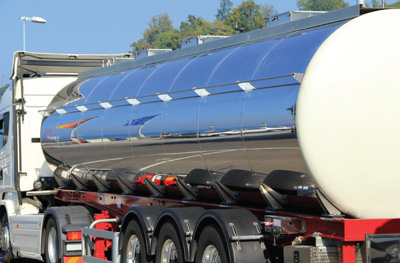Food transport to meet new sanitation standards
 Over the next two years, those transporting food for humans or animals by road or rail will need to start meeting tighter standards on vehicle and equipment sanitation.
Over the next two years, those transporting food for humans or animals by road or rail will need to start meeting tighter standards on vehicle and equipment sanitation.
The Food and Drug Administration will require that companies involved in shipping foods use vehicles and equipment designed, built, and maintained in ways that allow cleaning and temperature controls adequate for safety, according to an April 6 Federal Register notice. Those vehicles and equipment also will need to be maintained in sanitary condition prior to use in transporting food.
The agency also will require that companies train employees involved in transportation on sanitary practices as well as maintain records related to training and procedures.
The notice also sets definitions that the agency can use to determine when transportation conditions have made foods unsafe.
“This rule builds on current safe food transportation best practices and is focused on ensuring that persons engaged in the transportation of food that is at the greatest risk for contamination during transportation follow appropriate sanitary transportation practices,” the notice states.
Businesses will have one or two years to comply with the rules, the longer period applying to businesses with fewer than 500 full-time-equivalent employees or, for certain transportation companies, less than $27.5 million in annual receipts. The rules include exemptions for businesses transporting food through the U.S. to another country and foods enclosed in containers without temperature control needs, among others.
The notice describes decades of concerns about disease outbreaks related to food contamination during transportation and about insanitary practices. It cites as examples reports in the late 1980s of trucks alternately carrying food and garbage, which led Congress to pass the Sanitary Food Transportation Act of 1990, as well as a 1994 Salmonella outbreak involving ice cream hauled in a tanker that had been used to ship raw liquid eggs.